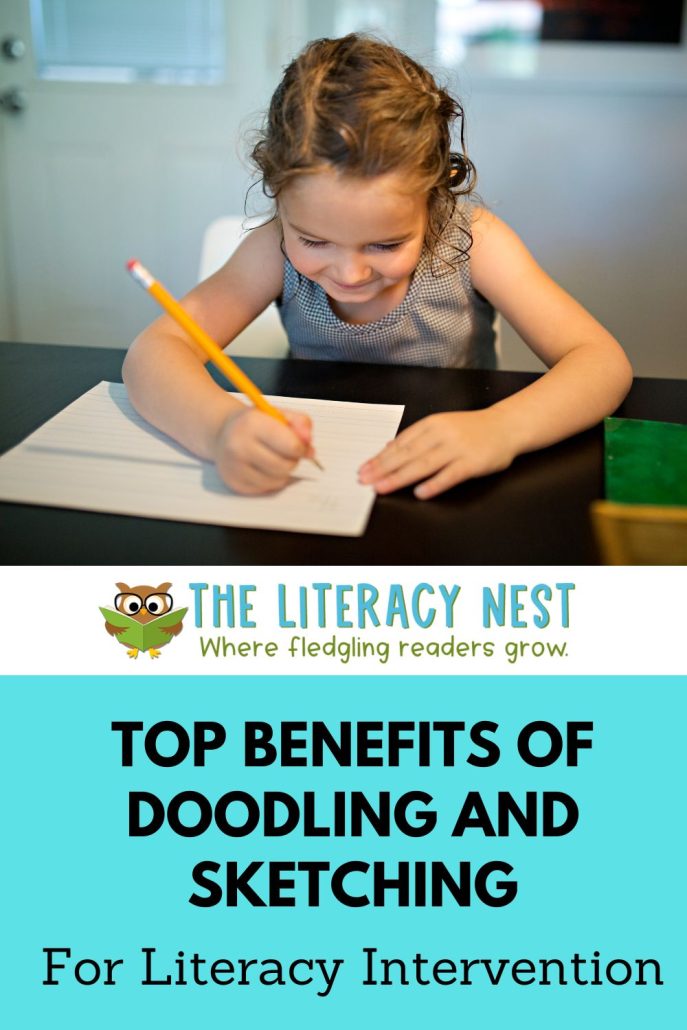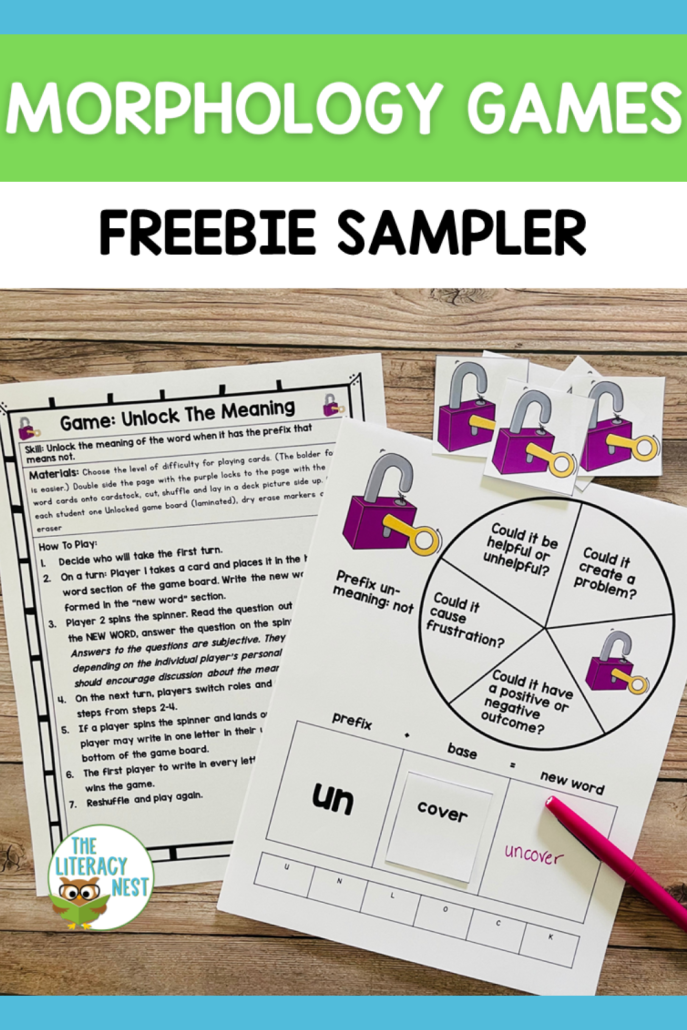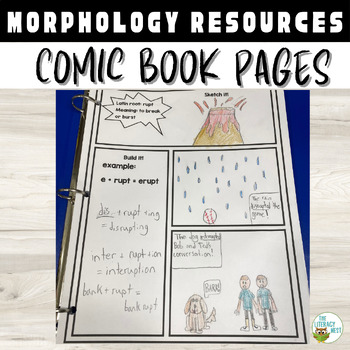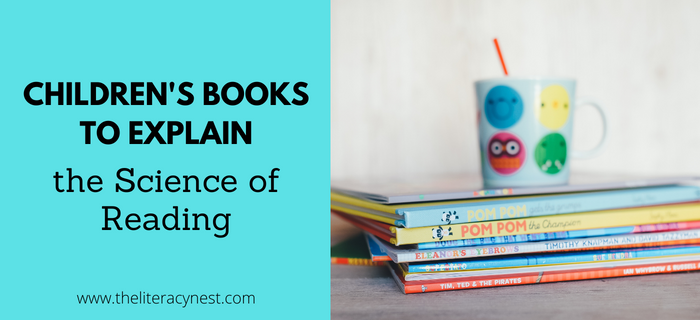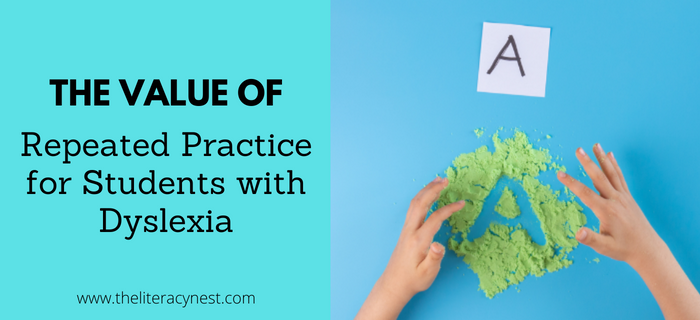Top Benefits of Doodling and Sketching For Literacy Intervention
Doodling, sketching, and visual note-taking are powerful learning tools that belong in the classroom! Putting pen or pencil to paper – whether doodling, sketching, or note-taking – while taking in audio information can be used as a mnemonic device. This process connects images with information and significantly increases our ability to remember what we’ve heard. There are benefits of doodling!
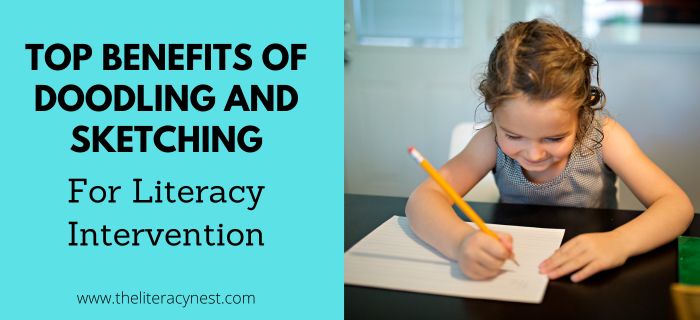
As an educator, understanding the science behind doodling, sketching, and visual note-taking will allow you to better differentiate instruction and assessment for your students.
Doodling, Sketching, and Visual Note-Taking
While we’ll be looking at the benefits of all three in this post, they are each slightly different:
Doodling: creating repetitive images such as spirals, circles, and boxes, or perhaps stick figures and flowers.
Sketching: a quick drawing that helps to represent an idea.
Visual notetaking: supplementing written notes with drawn images to reinforce a key concept or connect big ideas. You can learn more about visual note-taking by reading Visual Note-Taking for Educators: A Teacher’s Guide to Student Creativity Illustrated Edition by Wendi Pillars!
Regardless of which you choose to introduce to your class, or if you take on a mixture of the three, current research shows there’s a multitude of benefits for our students.
The Brain Benefits of Doodling
Doodling is not simply a mindless distraction – doodling in class is actually beneficial for students. Various forms of doodling, including sketching and visual note-taking, have real benefits for our brains.
A recent study out of Harvard University has found that doodling improves memory, relieves stress, and increases focus.
Additional benefits:
- Enhances comprehension
- Sparks creativity
We know conventional learning doesn’t work for all students, especially those with language-based learning differences like dyslexia. Doodling can be an exciting and different way to improve our student’s ability to learn.
Unlock the key to building morphological awareness with this sampler freebie of eight morphology games!
Five Ways to Incorporate Doodling, Sketching, and Visual Note-Taking into Lessons
1. Introduce the science
As I’ve said before, students love learning how their brains work! Share with your students the latest brain science around the benefits of doodling and note-taking and they will be eager to try it out for themselves.
Listen to Together in Literacy episode 1.3, Connecting Metacognition to Your Literacy Lessons!
2. Warm-up and brain breaks
One simple way to bring doodling and sketching into your lessons is to use it as a warm-up!
Before you begin a lesson, encourage your students to spend a couple of minutes doodling or sketching. This will get their creative juices flowing. You could even pop on some classical music in the background to stimulate their brain even further. Set a timer, and when the timer goes off, start your lesson.
You could also schedule “doodle breaks” into your lessons as a brain break just like you do for movement breaks!
3. Connect doodling to the content
Doodling and sketching do not have to be random! Challenge your students to create doodles and sketches that represent the content of the lesson. This is a great bridge to eventually move them into visual note-taking.
Having your students create comic books to represent content learning is a great (and fun) idea! They can do this as a warm-up, during a brain break, or as an activity during the lesson.
4. Talk about the doodles
Doodles and sketches offer us insight into the subconscious brain of our students. You can ask your students about the doodles and sketches they’ve created and why they made the choices they did. You can also offer time and opportunity for students to share their doodles and sketches with each other. This sharing could get students to think in new and creative ways!
5. Make it fun!
Your students may have been discouraged from doodling[ in the past, so they could be apprehensive to start. You could combat the apprehension by providing tools for their doodling, sketching, and visual note-taking that will make it fun!
Consider providing your students with colorful or fun-sized doodling notebooks and colorful gel pens. You can also create a space to display doodles and sketches in your classroom.
Morpheme Comic Book Pages
Looking for a FUN doodling and sketching activity to help your students strengthen their morphological awareness and vocabulary? This morphology comic book is a great way for students to illustrate what they’ve learned!
With over 130 comic book pages, these doodling and sketching activities can be done as a whole class book or can be assigned one page at a time. Your students will LOVE showing off their artistic talents while studying morphology!
You can grab it at The Literacy Nest Shop.
Are you looking for professional development that will help you better support your students? The Literacy Nest has a membership for that…
Building Readers for Life Academy is a monthly membership program that empowers educators AND families. It dives into structured literacy and strategies for ALL learners. With BRFL Academy, you’ll learn what it takes to help EVERY student become a reader for life.
Join Building Readers for Life Academy today and pay just $1 for your first 30 days! Click here.
